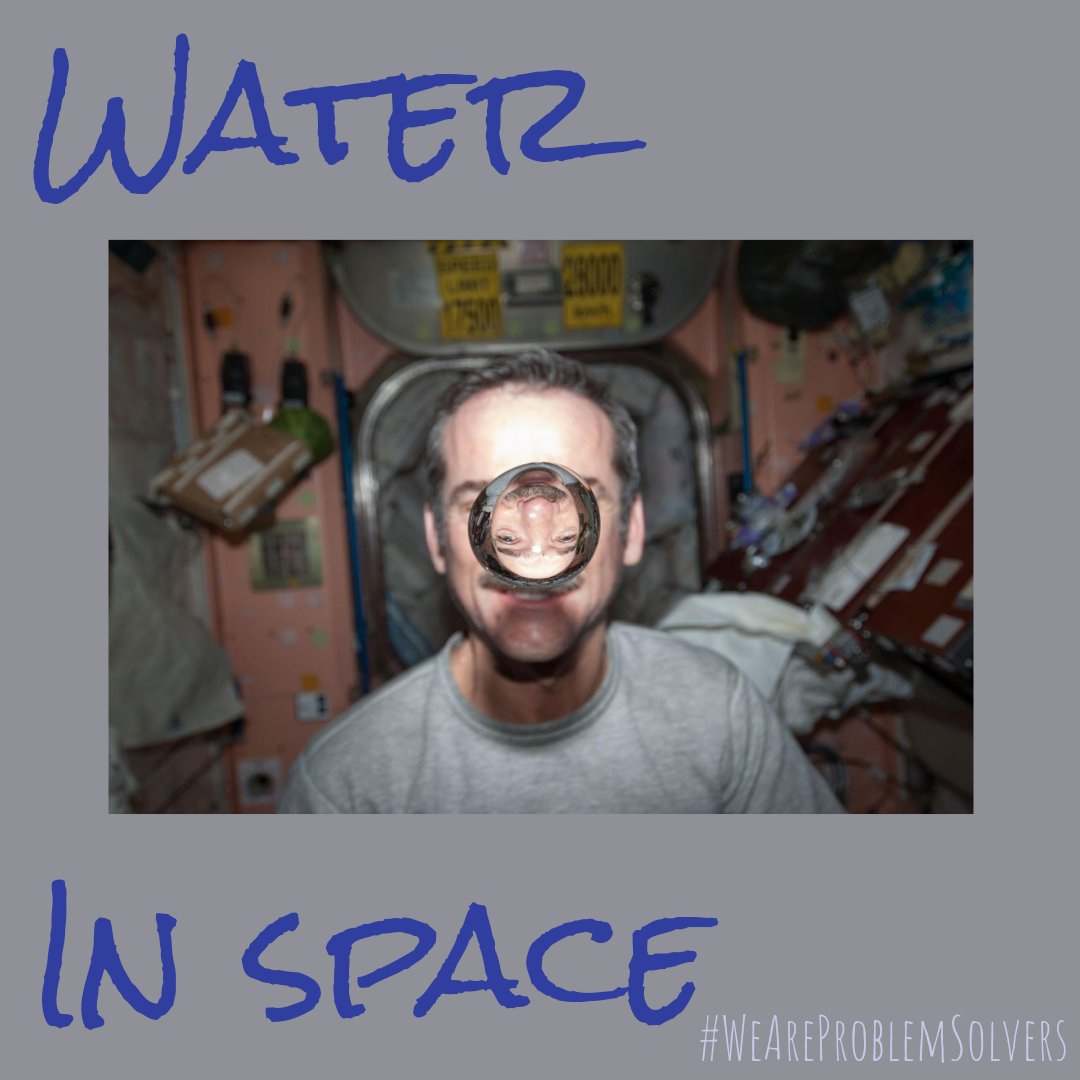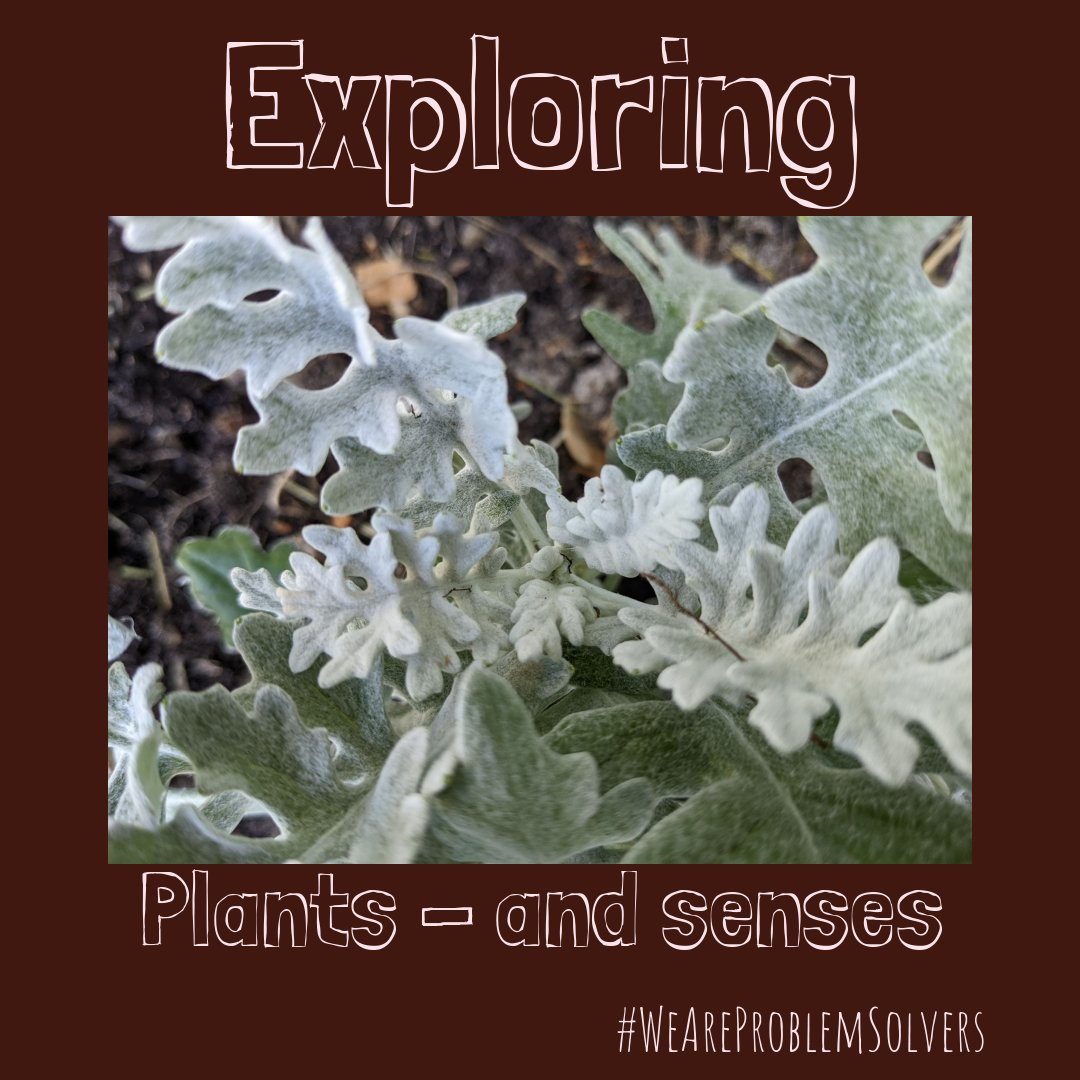Plants in Space 1: Water
Have you ever wondered about what it takes to grow plants in the International Space Station?
Let's talk about Watering!
Here's astronaut Peggy Whitson with some Chinese cabbage that she grew during her extended stay on the ISS.
One of the big problems with growing plants in space is watering them! Why is that? Have you ever seen water in zero g?
Here's a photo of Col. Chris Hadfield with a big water bubble that he made in space.
Water behaves very differently in the microgravity of spaceflight compared to here on Earth.
Here's a great one on YouTube of an astronaut wringing out a towel: https://www.youtube.com/watch?v=JH_A_HAEhDI As you watch the water moves from the towel to his hands, completely saturating them.
This image is from a report which is housed on the NASA Technical Report Server. Jacob "Pepperseed" Torres wrote about his time working to solve some tricky problems. Download the full presentation by clicking this link: PDF Download
Water and Plants
Think of that water moving along the roots of a plant - it will essentially suffocate the roots. Roots respire and they need to be able to access oxygen. Even in soil here on Earth there are air pockets. Aeration is a big problem on Earth, especially with compacted soils, but it is even more of a problem in spaceflight.
For this reason, if you are in a spaceflight environment with microgravity, hydroponics does not work well. Something that scientists at NASA are working on testing are theoretical ways to get water to move around the way we want for the plants in microgravity.
Sometimes the hardware designs work, but sometimes they do not. here's a photo of scientists assembling hardware that grew plants in space - but ran into watering issues along the way.
Image from NASA.
And here is a picture of wheat plants grown in another hardware, during a study that worked, led by Dr. Gary Stutte.
You can see the data from this older successful study on the NASA Open Science Data Repository. Here's a link:
You can read more on this topic here:
How do we learn more about water movement and cohesion in space? We collaborate with physical scientists.
Drop Tower Challenge
At NASA Glenn they have done several drop tower experiments where they watch water move around in different channeling systems. There's even a student challenge on the topic! Here's a link that tells you what past competitions were all about: https://www1.grc.nasa.gov/space/education-outreach/drop-tower-competition/past-drop-tower-challenges-and-competitions/drop-tower-challenge/
If you're interested in participating in this year's challenge, you can learn more and submit your proposal here:
Veggie Hardware
Growing plants in zero g has many challenges. I love that I get to see first hand how NASA is tackling them. For now the plants grown for food on the International Space Station are grown in the Veggie system. Astronauts water them through a port in the side that is hooked up to a bag of water that looks a lot like an IV bag. Here's a picture of Astronaut Joe Acaba filling the Veggie plant pillows with water. Do you see the bag of water under his arm?
Image from NASA
When watering, the astronauts have to push the water from the bag through the tubing to the quick connect port into the pillows. Soil Like Substrates
The pillows don't only have water, though. They have a calcined clay media called Profile PCP, or Arcillite, that acts like soil. If you've ever played baseball, you've felt arcillite before. It's what they use on baseball diamonds!
Image from NASA, in fact most of the images used in this blog entry can be found at https://images.nasa.gov/
Some scientists have grown plants in space on clear gels, called agar, agarose, and phytagel. These gels contain water, which can be picked up by the plant slowly over time. A big Engineering word for these kinds of materials is Hydrogels. Hydro means water. Say it with us: Hydro-gel.
Here is a photo of plants during the CARA study, growing on a hydrogel.
I was part of a team that grew plants on the Space Shuttle. You can find the data from that study in the repository, too. We recently added data from a couple more assay types to the stidy. Here is a link:
Bringing it Home
Every image above this point came from the NASA image archives. From this point on, these images are all personal photos.
Here's a picture of my wall in my home office. It includes a framed cover photo from an Astrobiology publication that came out of that study. it has a picture of plants growing on a round plastic container. This is an image of a Petri plate that grew on the Shuttle in 2010. It is beside a painting that NASA scientist Aubrie O'Rourke painted to inspire me with a bouquet of purple microgreens floating in the cupola with a view of Earth behind it. I hope scientists get to grow microgreens in Low Earth Orbit someday. Maybe they will use my data or ask me for tips and tricks along the way.
I grew microgreens on fiber mats, felts, and textiles and tested them in simulated Microgravity when I was a postdoctoral fellow at NASA. I loved seeing how different materials delivered water differently to the plants. I also enjoyed seeing if the roots grew into the materials or just formed a mat on top.
Lesson!
Here is a little activity to do with your child.
Let's practice ringing out a few wash cloths.
Choose a bin, bucket, or sink, and fill it with a little bit of water. We wanted two buckets, a tray, and a measuring cup, but you can use what you have available. Here's a photo of children holding clear buckets.
Gather rags that are about the same size but made of different materials. Terry cloth, microfiber, knit, weave, polyester, burlap, T-shirt scraps, and more! Here's a photo of a few that we considered using.
Here is a photo of all of our materials put together.
In material science we call these textiles. What textiles did you find to use for your experiment? Write it down.
We explored a bit about our materials. Which way does it stretch most? Knits tend to have one side that stretches more. Here are some photos of children playing with - I mean testing - the materials.
Now that we have experienced these textiles dry, let's get them wet.
What does it feel like to ring out each of these different materials? Does the water leak easily from any of the materials? Does it cling to any of these materials? Do any of these materials ring out completely? Is there water trapped in any of the fibers?
If you want to be more scientific about this process, you could try collecting and ringing out a measured cup of liquid with each rag. Which textile is most absorbent?
Use a liquid measuring cup or beaker with measurements on the side. Does one collect more than the others?
Work with the child to make up their own way of measuring the data you collect. You can write for them, if they prefer.
Here's what our collection sheet looked like. We put our paper on a clip board and wrote in ink. We scratched out and wrote again when we wanted to use different words that were more clear. It is ok to make changes.
You could keep track of your results by writing down measurements, taking notes about your observations, snapping pictures, and drawing. What method of data collection is your child's favorite?
Look around you, what materials do you think you could use to make a textile that would hold a lot of water?
We jotted a few ideas down on our paper.
Reuse of Materials
Now dry those rags out on a clothes line or drying rack. If you have the time, leave them overnight and come back the next day. Does each material perform just as well today as it did the last time?
There is no Laundromat or washer and dryer in space like there is here on Earth. What textiles might be more reusable and durable for space?
Skills
Wringing out a washcloth is a valuable skill!
We develop:
- grip strength
- coordination
- understanding of gravity
- understanding of surface tension
We can even talk about how the polar water molecules tend to stick to the fabric until we release them with our wringing action.
It's a skill that is fun to practice during water play time. It's so satisfying to watch the water fall out of the cloth. We engage so many of our senses as we interact with water in this way.
Here's a link to a very quick video we shared on YouTube of a washcloth being rung out.
Think about it :)






















Comments
Post a Comment